Home>Maintenance & Safety>Child & Elderly Safety at Home>What Booster Seat Is Best For 4-Year-Old
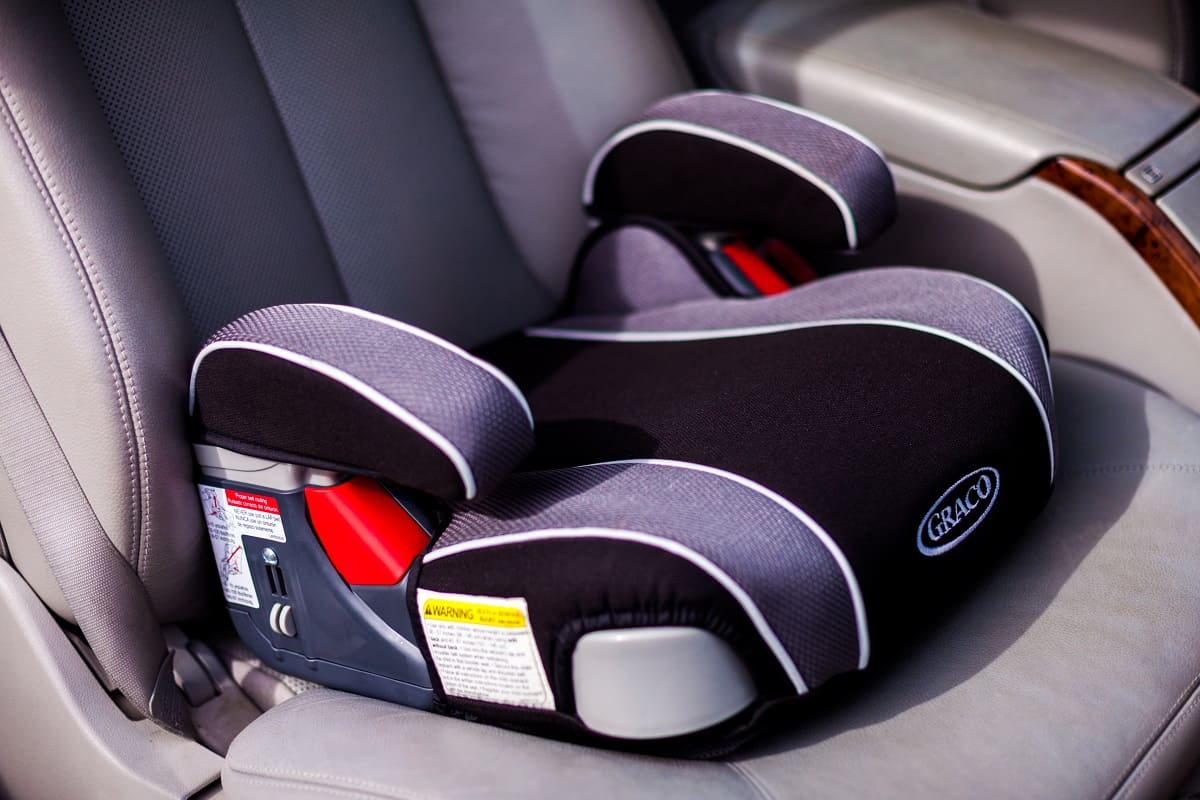

Child & Elderly Safety at Home
What Booster Seat Is Best For 4-Year-Old
Modified: May 6, 2024
Find the perfect booster seat for your 4-year-old to ensure child and elderly safety at home. Discover the best options for comfort and security.
(Many of the links in this article redirect to a specific reviewed product. Your purchase of these products through affiliate links helps to generate commission for Storables.com, at no extra cost. Learn more)
Introduction
Ensuring the safety of our little ones is a top priority for every parent or guardian. When it comes to traveling in a vehicle, using the right booster seat for a 4-year-old is crucial for their safety and well-being. Booster seats are designed to elevate a child to the correct height so that the vehicle's seat belt fits them properly, providing the necessary protection in the event of a collision or sudden stop.
As children grow, their safety needs change, and it's essential to stay informed about the best practices for keeping them safe in various situations. In this article, we will explore the world of booster seats, focusing on the specific needs of 4-year-olds. We'll delve into safety guidelines, the different types of booster seats available, and the key features to consider when selecting the best option for your child.
By understanding the importance of booster seats and the factors that contribute to their effectiveness, you can make an informed decision to safeguard your child during car journeys. Additionally, we'll highlight some top picks for booster seats tailored to the needs of 4-year-olds, providing you with valuable insights to help you choose the best option for your little one's safety.
Buckle up as we embark on this journey to explore the world of booster seats, empowering you with the knowledge to make the best choice for your child's safety and comfort. Let's dive into the essential safety guidelines for booster seats to lay the foundation for informed decision-making.
Key Takeaways:
- Choosing the right booster seat for a 4-year-old is crucial for their safety during car journeys. Understanding safety guidelines, types of booster seats, and key features helps parents make informed decisions to protect their child.
- Top picks like Graco Affix, Britax Frontier, Chicco KidFit, Evenflo Maestro, and Graco TurboBooster offer diverse safety features and comfort. Parents can confidently select the best booster seat to ensure their 4-year-old’s safety and enjoyment on the road.
Read more: What Booster Seat Is Best For 7-Year-Old
Safety Guidelines for Booster Seats
Ensuring the safety of children during car journeys is paramount, and booster seats play a crucial role in providing the necessary protection for 4-year-olds. Adhering to safety guidelines when using booster seats is essential to minimize the risk of injury and ensure optimal protection for young passengers.
1. Age and Size Requirements
Booster seats are specifically designed for children who have outgrown their forward-facing car seat but are not yet tall enough to use the vehicle's seat belt alone. For 4-year-olds, it's important to consider their height, weight, and overall physical development when determining the most suitable booster seat.
2. Proper Installation
Correct installation of the booster seat is fundamental to its effectiveness. Ensure that the seat is securely fastened to the vehicle's seat, and that the child is properly positioned within the booster seat. Following the manufacturer's instructions for installation is crucial to guarantee the seat's stability and safety.
3. Positioning of Seat Belt
When using a booster seat, the vehicle's seat belt should fit the child correctly. The lap belt should rest snugly across the child's upper thighs, not the stomach, and the shoulder belt should cross the chest and shoulder, not the neck or face. This positioning helps distribute the force of a collision across the strongest parts of the child's body, reducing the risk of injury.
Read more: What Kind Of Booster Seat For A 6-Year-Old
4. Avoiding Front Seat Placement
It's recommended to place booster seats in the back seat of the vehicle, as this is the safest location for children. Airbags in the front seat can pose a serious risk to young children, and placing a booster seat in the back minimizes this potential danger.
5. Regular Safety Checks
Periodically inspect the booster seat for any signs of wear and tear, and ensure that all components, including the seat belt and harness, are in good condition. Additionally, it's important to stay informed about any recalls or safety updates related to the specific booster seat model being used.
By adhering to these safety guidelines, parents and caregivers can provide a secure and protective environment for 4-year-olds during car travel. Understanding the importance of proper booster seat usage and consistently following safety recommendations are essential steps in safeguarding young passengers on the road.
Types of Booster Seats
When it comes to choosing a booster seat for a 4-year-old, it's essential to understand the different types available to make an informed decision based on your child's specific needs. Booster seats are generally categorized into two main types: high-back boosters and backless boosters.
High-Back Boosters
High-back boosters are designed to provide support and protection for the upper body, particularly the head and neck. They feature a tall backrest that offers additional support and helps position the vehicle's seat belt correctly across the child's shoulder and chest. This type of booster seat is ideal for vehicles with low seat backs or no headrests, as it provides the necessary support for the child's upper body.
High-back boosters often come with adjustable headrests and side-impact protection, enhancing the overall safety features. The presence of side wings in some high-back booster models provides extra protection in the event of a side-impact collision, offering peace of mind to parents and caregivers.
Read more: What Kind Of Booster Seat For A 5-Year-Old
Backless Boosters
Backless boosters, as the name suggests, do not have a high backrest and are designed to elevate the child to the correct height for the vehicle's seat belt. These boosters are suitable for vehicles with high seat backs and adjustable headrests, as they rely on the car's built-in head support for the child.
Backless boosters are often lightweight and easy to move between vehicles, making them a convenient choice for families with multiple cars or for carpooling. They are also generally more affordable than high-back boosters, providing a cost-effective option without compromising on safety.
Combination Boosters
In addition to high-back and backless boosters, there are combination boosters that offer versatility by transitioning from a forward-facing harness seat to a high-back booster and eventually to a backless booster as the child grows. These multi-stage booster seats provide long-term use and adapt to the changing needs of the child, making them a practical choice for many families.
Understanding the distinctions between high-back, backless, and combination boosters enables parents and caregivers to select the most suitable option based on their child's age, size, and the specific features of their vehicle. Each type of booster seat offers unique benefits, and considering factors such as safety features, comfort, and ease of use is essential in making an informed decision.
By exploring the various types of booster seats available, you can gain valuable insights into the features and functionalities that align with your child's safety and comfort requirements. Now that we've covered the types of booster seats, let's delve into the key features to consider when choosing the best booster seat for a 4-year-old.
Features to Consider When Choosing a Booster Seat
When selecting a booster seat for a 4-year-old, several key features should be taken into account to ensure the utmost safety and comfort for the child. Understanding these features and their significance can guide parents and caregivers in making an informed decision tailored to their child's specific needs.
1. Weight and Height Limits
Booster seats come with weight and height limits, and it's crucial to choose a seat that aligns with your child's measurements. Ensuring that the child falls within the specified range is essential for the booster seat to provide optimal protection and support.
Read more: How Old For Booster Seat In Illinois
2. Adjustable Headrest
An adjustable headrest is a valuable feature in high-back booster seats, as it allows for customization based on the child's height. This feature ensures that the headrest provides adequate support and protection, accommodating the child's growth over time.
3. LATCH Compatibility
Some booster seats are equipped with Lower Anchors and Tethers for Children (LATCH) systems, which enhance the seat's stability and ease of installation. LATCH-compatible booster seats offer an additional layer of security and can be particularly beneficial for parents who frequently move the seat between vehicles.
4. Side-Impact Protection
High-back booster seats often include side-impact protection, featuring energy-absorbing foam and reinforced sidewalls to shield the child from potential side collisions. This feature enhances the overall safety of the booster seat, providing additional peace of mind for parents and caregivers.
5. Cup Holders and Storage Compartments
Many booster seats are designed with built-in cup holders and storage compartments, offering convenience during car journeys. These features provide a designated space for drinks and snacks, keeping them within reach for the child without compromising on safety.
Read more: How Old For Booster Seat In New Jersey?
6. Removable and Washable Cover
Selecting a booster seat with a removable and washable cover simplifies the cleaning process and helps maintain a hygienic environment for the child. Accidental spills and messes can be easily addressed, ensuring that the booster seat remains clean and comfortable for the child.
7. Comfort Padding
Comfort padding in the seat and armrests contributes to a pleasant riding experience for the child. Ample cushioning and soft fabric materials enhance comfort during longer journeys, promoting a positive association with car travel for the child.
8. Easy Installation and Portability
Opting for a booster seat that is easy to install and transfer between vehicles can save time and effort for parents and caregivers. Quick and straightforward installation, along with portability, adds to the overall convenience of using the booster seat.
By considering these essential features, parents and caregivers can make a well-informed decision when choosing a booster seat for their 4-year-old. Each feature plays a significant role in ensuring the safety, comfort, and practicality of the booster seat, ultimately contributing to a secure and enjoyable travel experience for the child.
Top Picks for Booster Seats for 4-Year-Olds
When it comes to selecting the best booster seat for a 4-year-old, several options stand out for their exceptional safety features, comfort, and overall quality. These top picks have been carefully chosen based on their ability to provide optimal protection and support for young passengers, catering to the specific needs of 4-year-olds during car travel.
-
Graco Affix Highback Booster Seat with Latch System
- The Graco Affix Highback Booster Seat is a standout choice, offering a secure connection to the vehicle seat with its unique LATCH system. This feature ensures stability and ease of installation, providing added peace of mind for parents. The adjustable headrest and energy-absorbing foam contribute to enhanced safety, while the integrated cup holder and storage compartment add convenience for the child during journeys.
-
Britax Frontier ClickTight Harness-2-Booster Car Seat
- The Britax Frontier ClickTight Car Seat is a versatile option that transitions from a harness seat to a high-back booster, accommodating the child's growth over time. With its ClickTight installation system, securing the booster seat in the vehicle is effortless. The side-impact protection and adjustable headrest offer superior safety, and the plush padding ensures a comfortable ride for the child.
-
Chicco KidFit 2-in-1 Belt-Positioning Booster Car Seat
- The Chicco KidFit 2-in-1 Booster Seat is designed to provide a secure and customized fit for 4-year-olds. Its DuoZone side-impact protection and LATCH compatibility enhance safety and stability, while the ergonomic design and contoured seat provide optimal comfort. The two-position backrest and ten-position headrest cater to the child's evolving needs, making it a practical long-term solution.
-
Evenflo Maestro Sport Harness Booster Car Seat
- The Evenflo Maestro Sport Booster Seat offers a combination of safety and affordability, making it an attractive choice for many families. With its five-point harness and adjustable headrest, it provides a secure and comfortable fit for 4-year-olds. The integrated cup holders and machine-washable materials add convenience for parents and a pleasant riding experience for the child.
-
Graco TurboBooster Backless Booster Car Seat
- For a lightweight and portable option, the Graco TurboBooster Backless Booster Seat excels in providing essential elevation for the child to use the vehicle's seat belt correctly. Its padded, height-adjustable armrests and hideaway cup holders prioritize comfort and convenience, making it an ideal choice for on-the-go families.
These top picks for booster seats for 4-year-olds offer a range of features to cater to diverse preferences and requirements. By considering factors such as safety, comfort, versatility, and ease of use, parents and caregivers can confidently select the most suitable booster seat to ensure the well-being and enjoyment of their young passengers during car journeys.
Read more: What Is A Booster Seat
Conclusion
In conclusion, the safety and well-being of 4-year-olds during car travel are of utmost importance, and selecting the right booster seat plays a pivotal role in ensuring their protection. By adhering to safety guidelines, understanding the different types of booster seats, and considering key features, parents and caregivers can make informed decisions tailored to their child's specific needs.
The safety guidelines for booster seats emphasize the importance of age and size requirements, proper installation, correct positioning of the seat belt, avoiding front seat placement, and regular safety checks. By following these guidelines, parents can create a secure environment for their 4-year-olds, minimizing the risk of injury during car journeys.
Understanding the types of booster seats, including high-back boosters, backless boosters, and combination boosters, provides valuable insights into the unique features and benefits offered by each type. This knowledge empowers parents to select the most suitable booster seat based on their child's age, size, and the specific features of their vehicle, ensuring optimal safety and comfort.
Key features to consider when choosing a booster seat, such as weight and height limits, adjustable headrests, LATCH compatibility, side-impact protection, cup holders, and comfort padding, contribute to the overall safety and convenience of the booster seat. By evaluating these features, parents can make well-informed decisions that prioritize their child's well-being and riding experience.
Furthermore, the top picks for booster seats for 4-year-olds, including the Graco Affix Highback Booster Seat, Britax Frontier ClickTight Car Seat, Chicco KidFit 2-in-1 Booster Seat, Evenflo Maestro Sport Booster Seat, and Graco TurboBooster Backless Booster Seat, offer a diverse range of safety features, comfort elements, and practicality. These options cater to various preferences and requirements, allowing parents to select the most suitable booster seat for their child's safety and enjoyment during car travel.
In essence, the journey to find the best booster seat for a 4-year-old involves careful consideration of safety guidelines, types of booster seats, key features, and top picks. By embracing this knowledge, parents and caregivers can embark on car journeys with confidence, knowing that they have prioritized the safety and comfort of their young passengers. With the right booster seat in place, families can create lasting memories on the road, knowing that their child's safety is well-cared for.
Now that you're well-versed in selecting the ideal booster seat for your 4-year-old, you might wonder about the broader basics of booster seats. Our next piece dives deep into what constitutes a booster seat, outlining its purpose, variations, and essential safety features. Whether you're a first-time parent or a seasoned caregiver, this article ensures you're equipped with all the necessary knowledge to make informed decisions regarding child safety seats. Continue reading to solidify your understanding and confidence in choosing the right booster seat.
Frequently Asked Questions about What Booster Seat Is Best For 4-Year-Old
Was this page helpful?
At Storables.com, we guarantee accurate and reliable information. Our content, validated by Expert Board Contributors, is crafted following stringent Editorial Policies. We're committed to providing you with well-researched, expert-backed insights for all your informational needs.
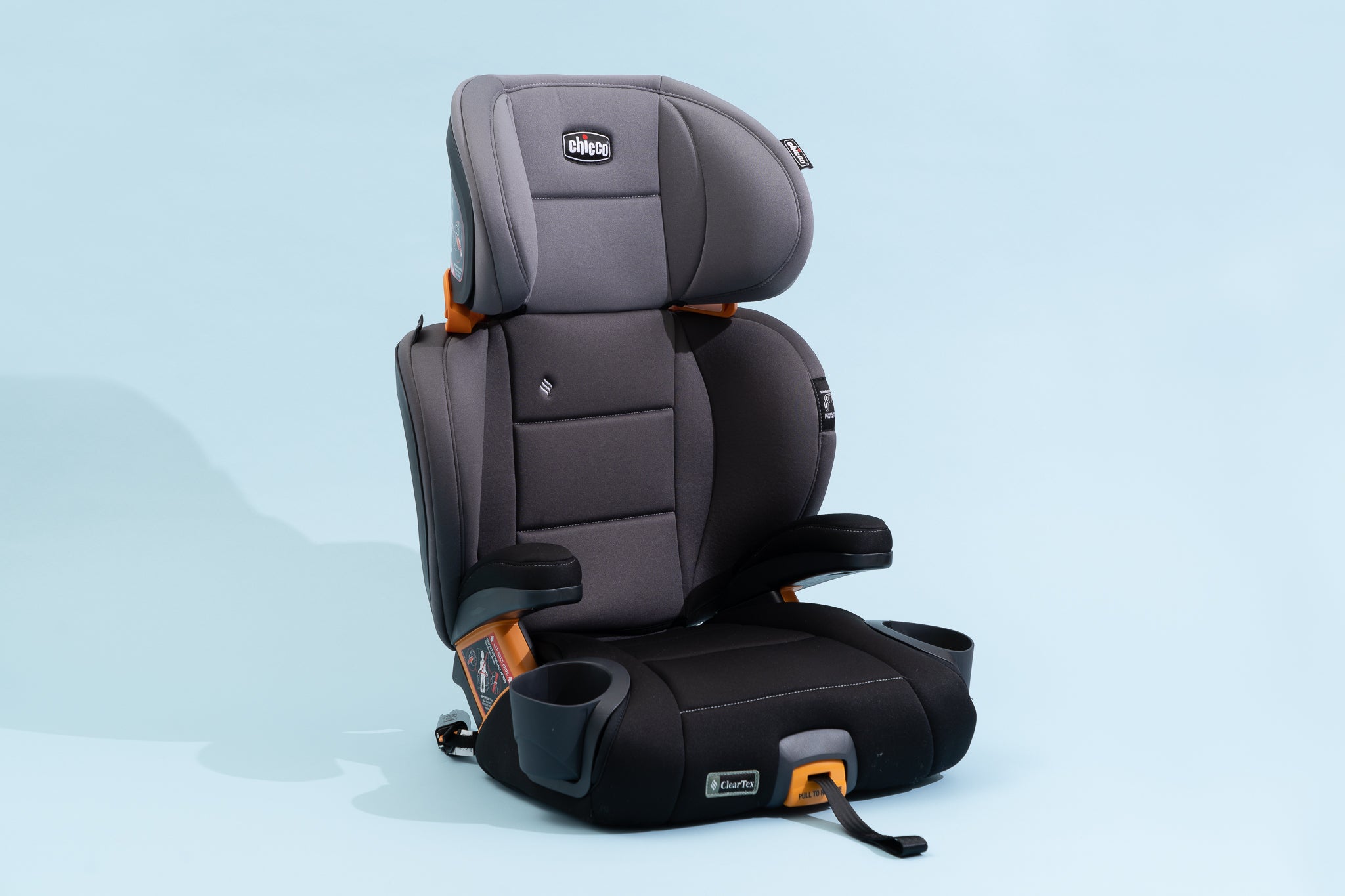
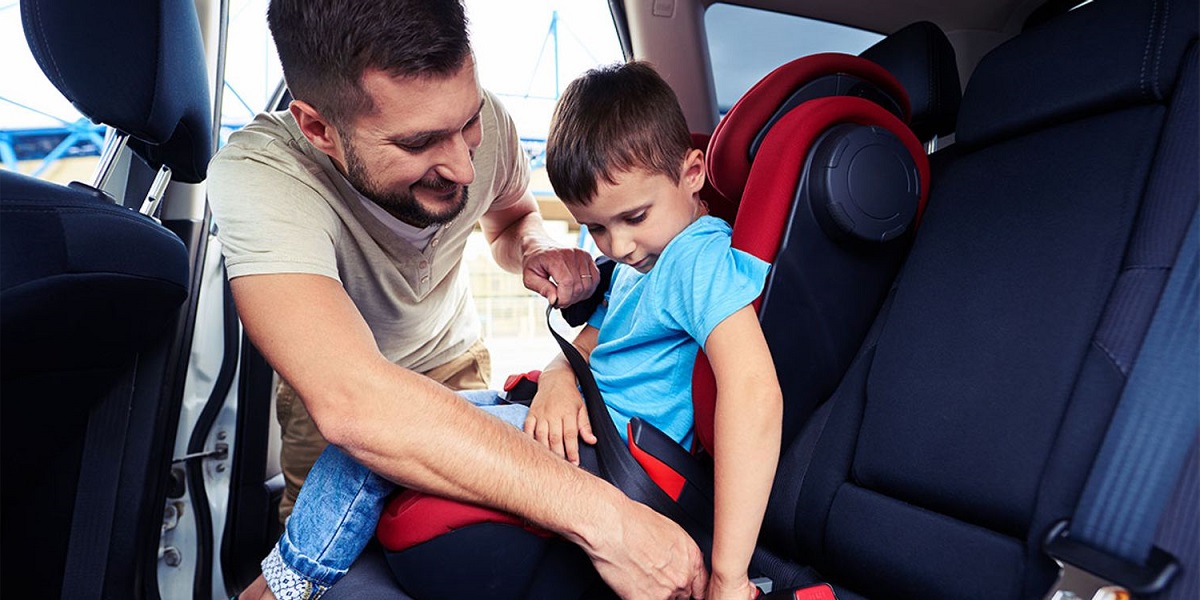
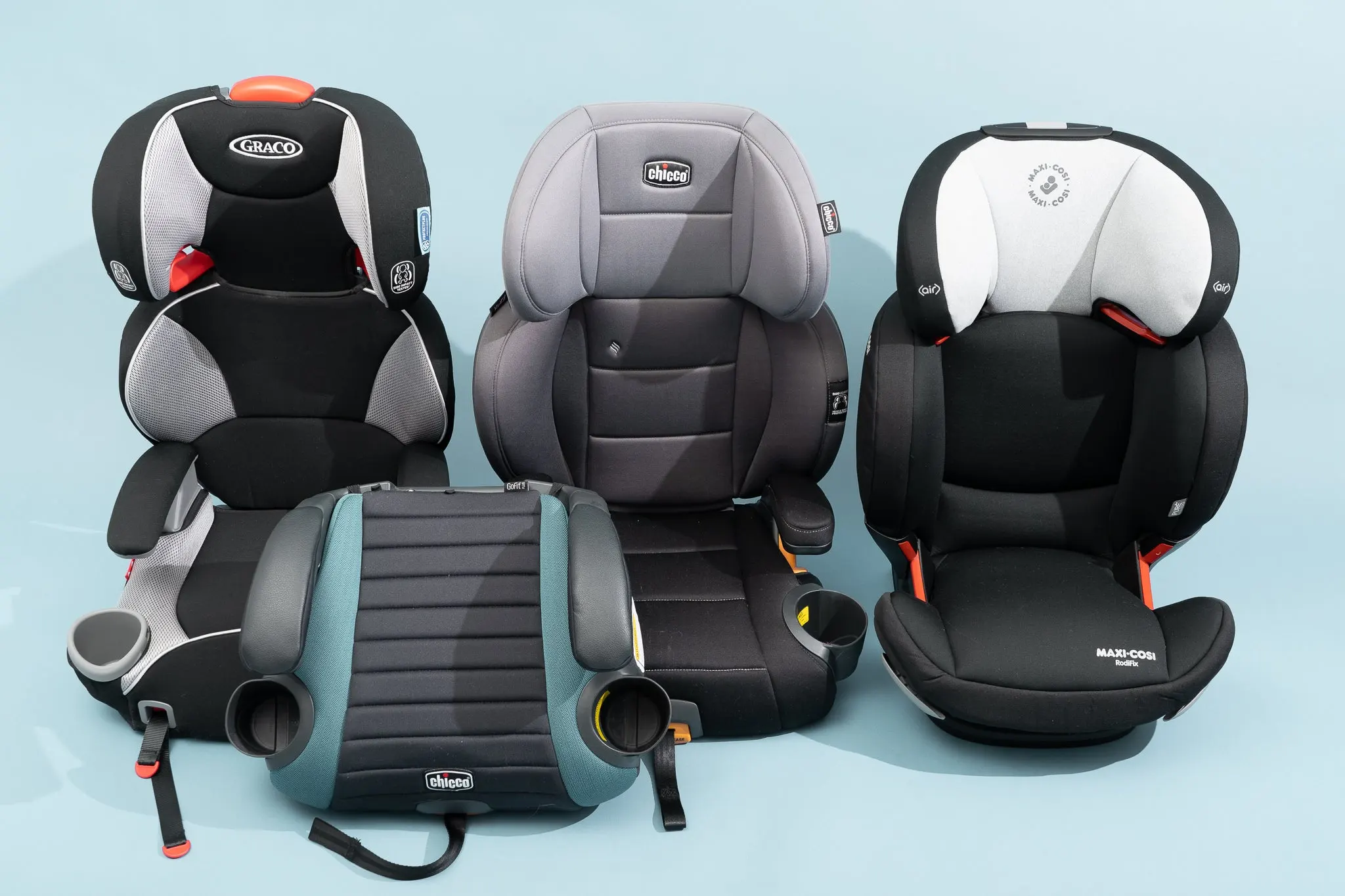
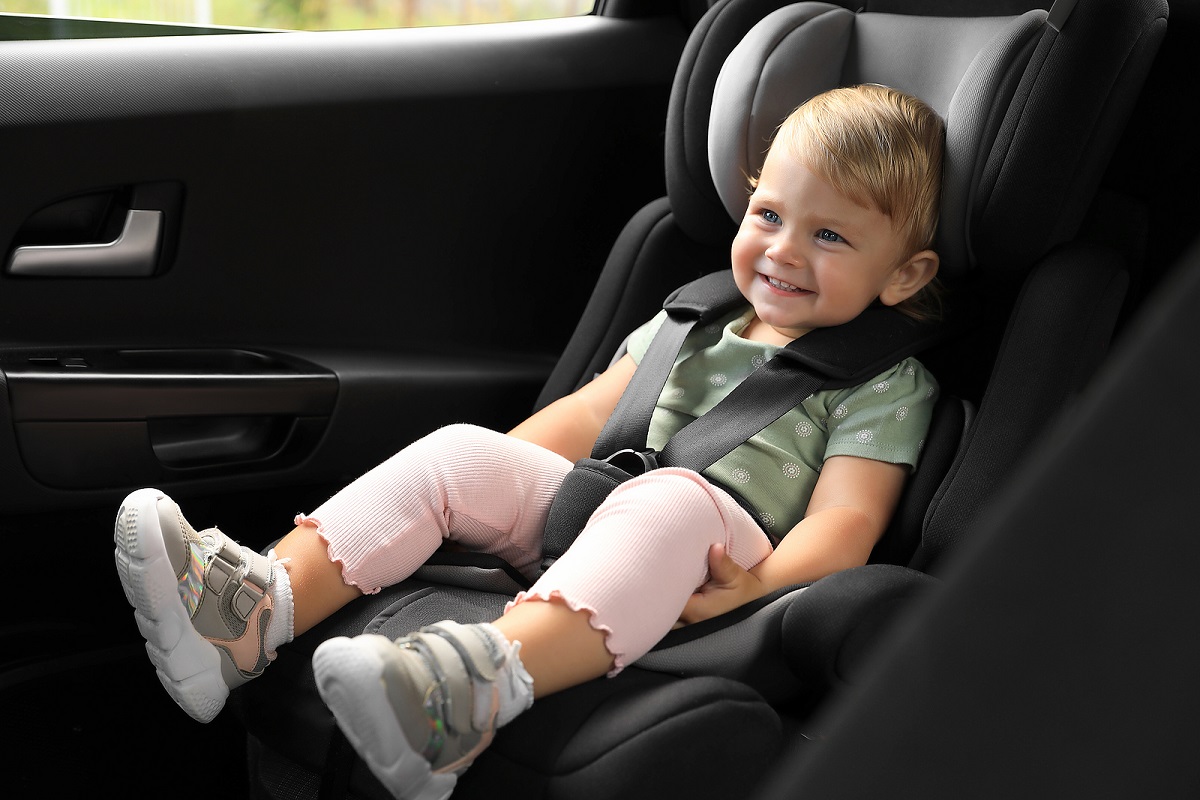

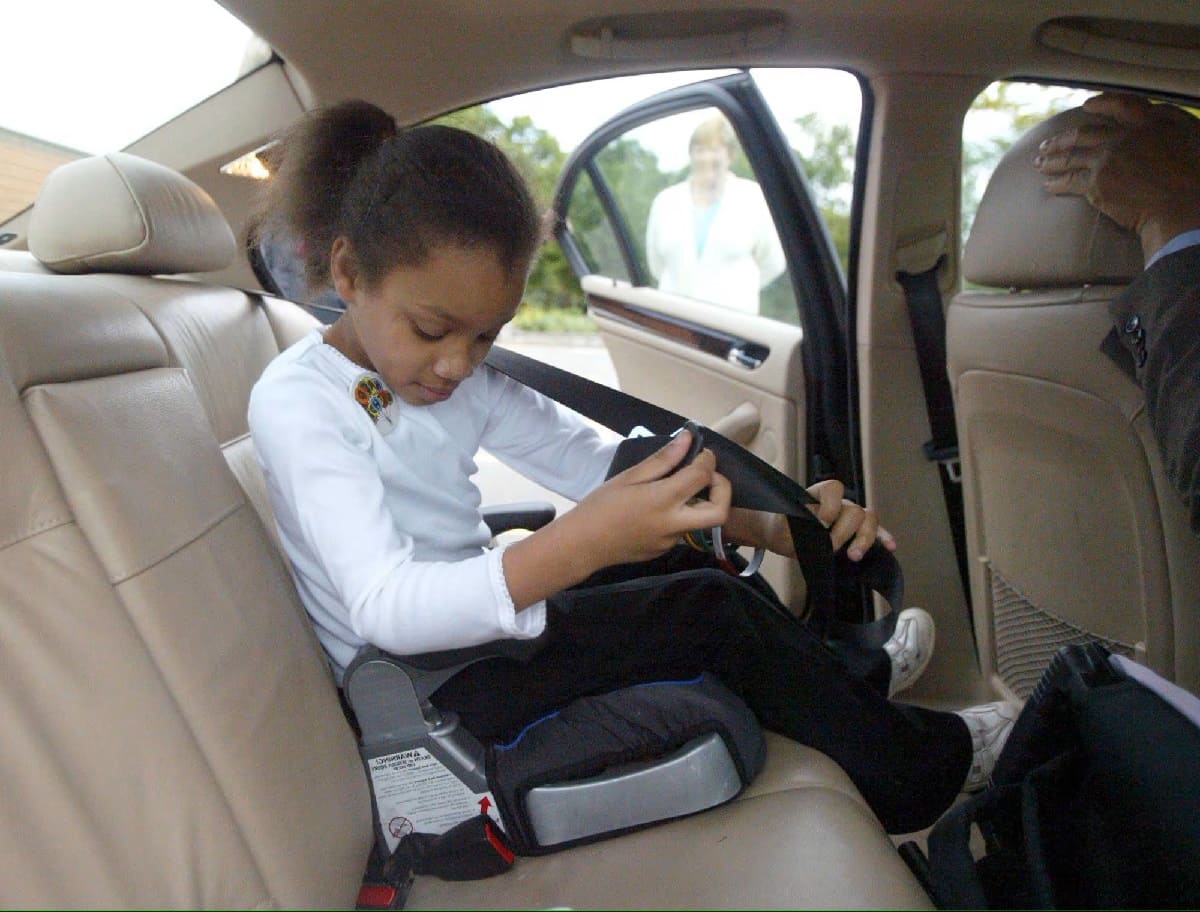
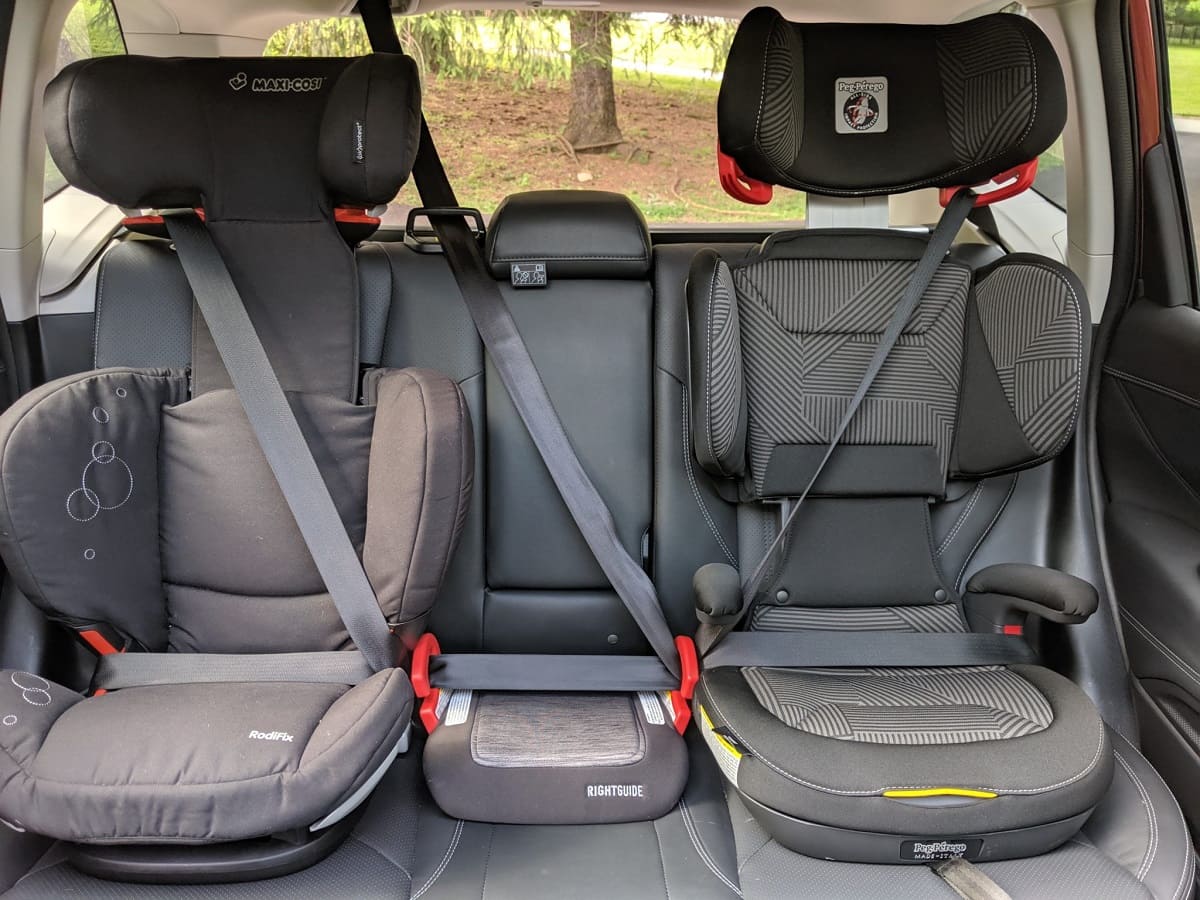

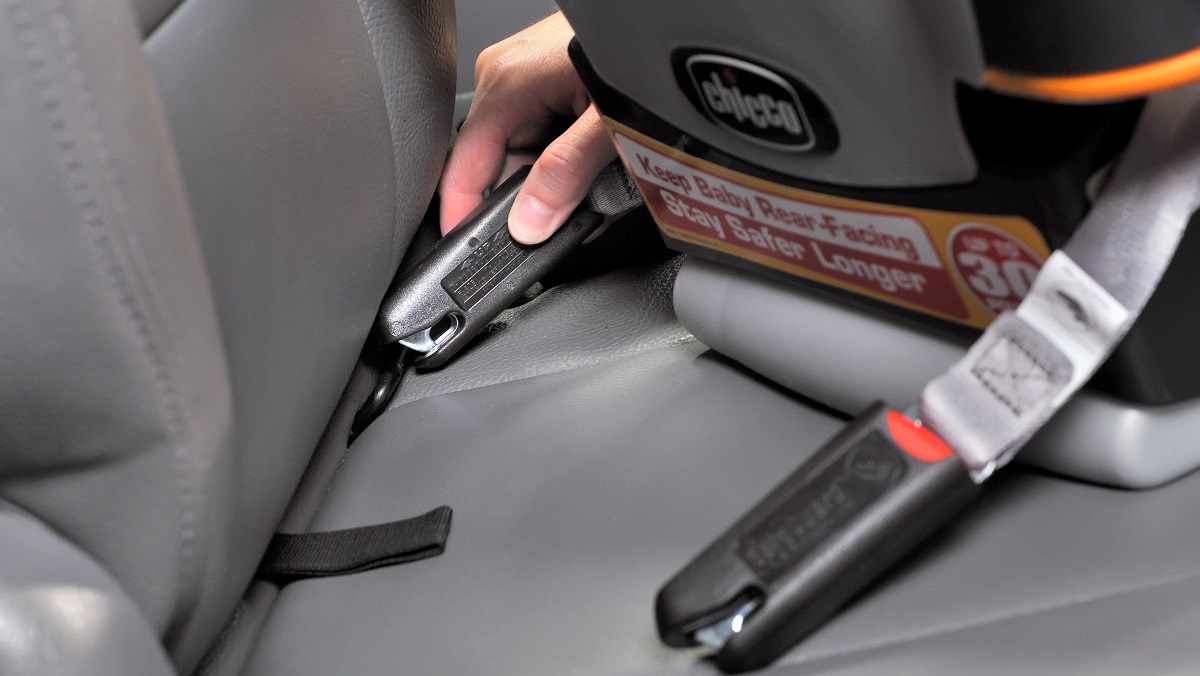
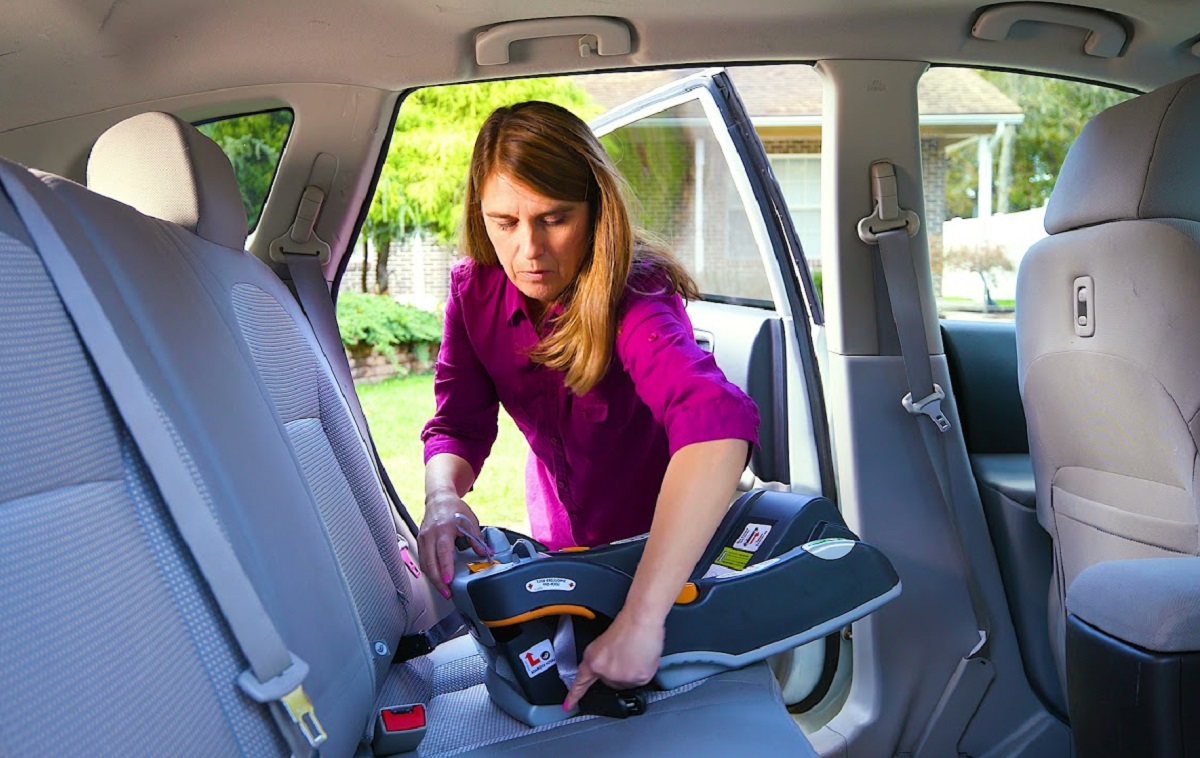

0 thoughts on “What Booster Seat Is Best For 4-Year-Old”